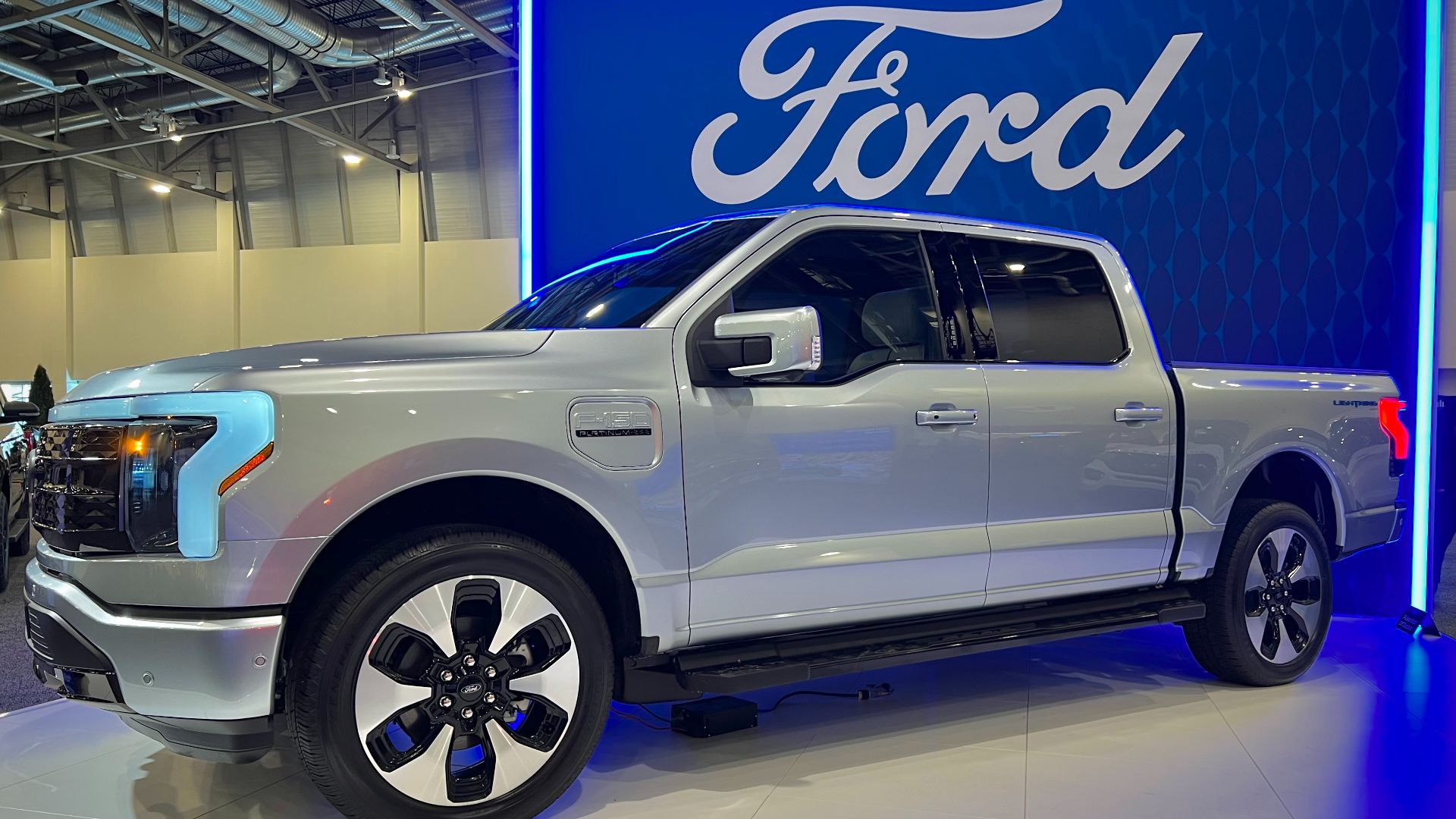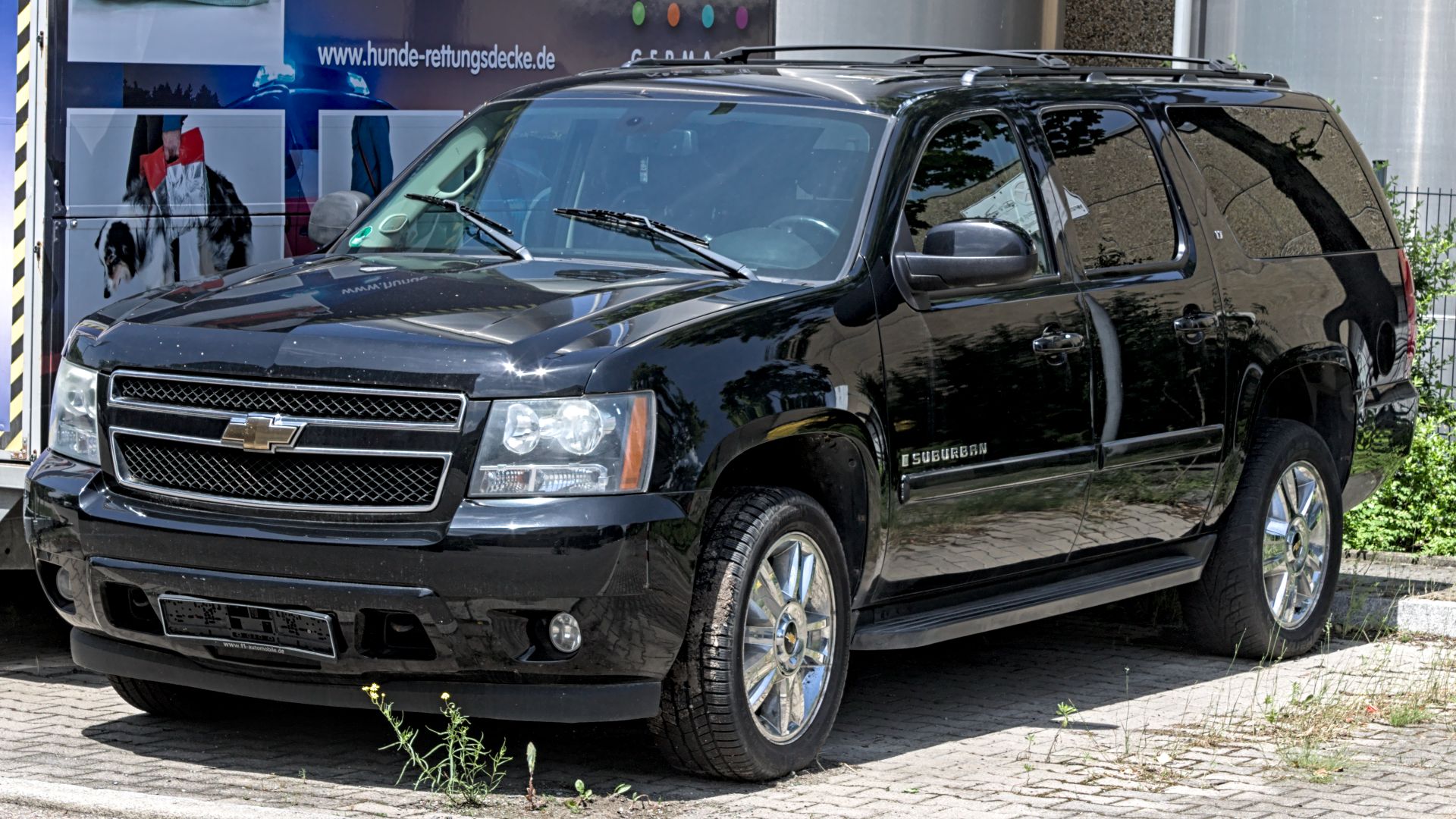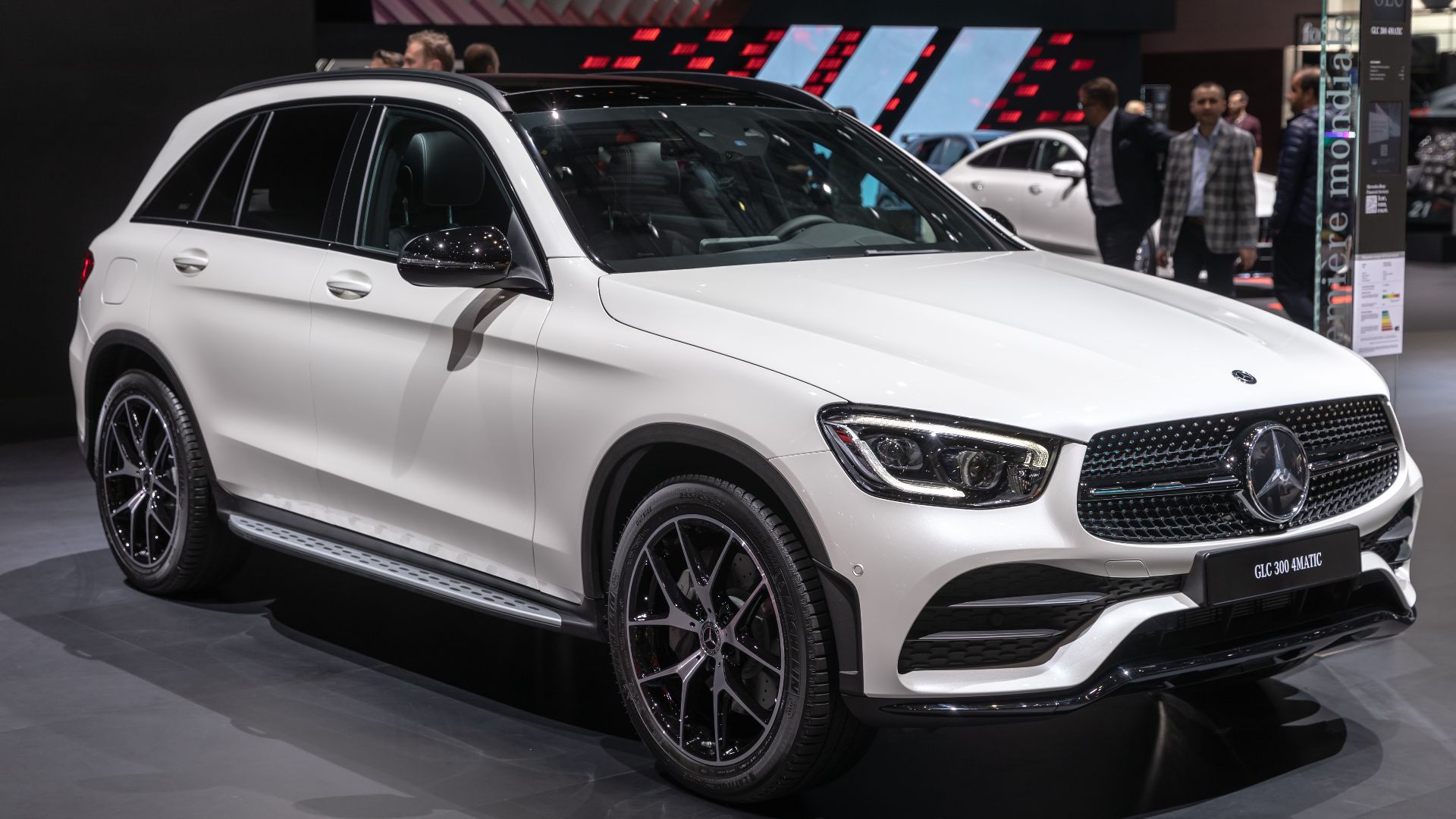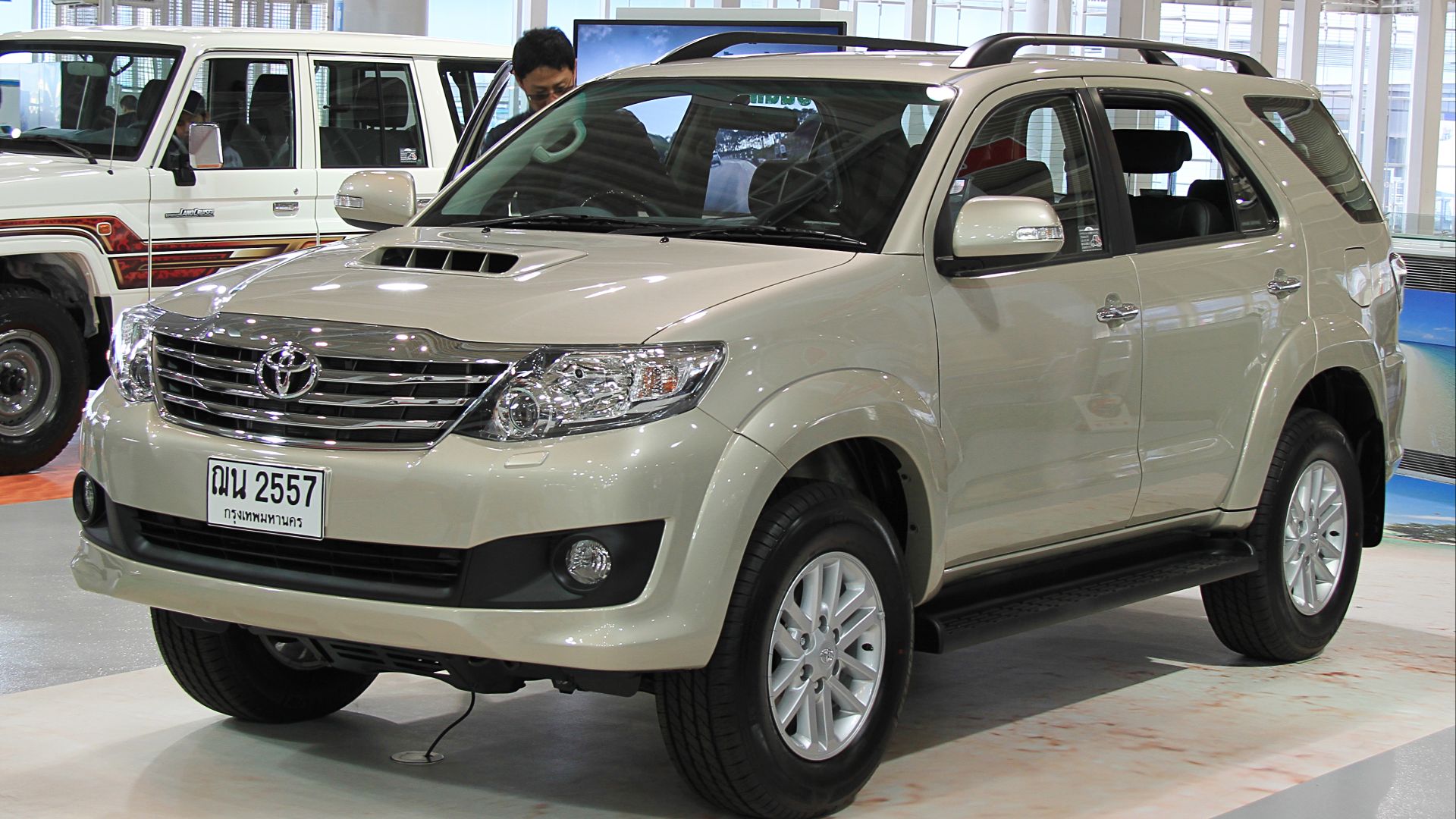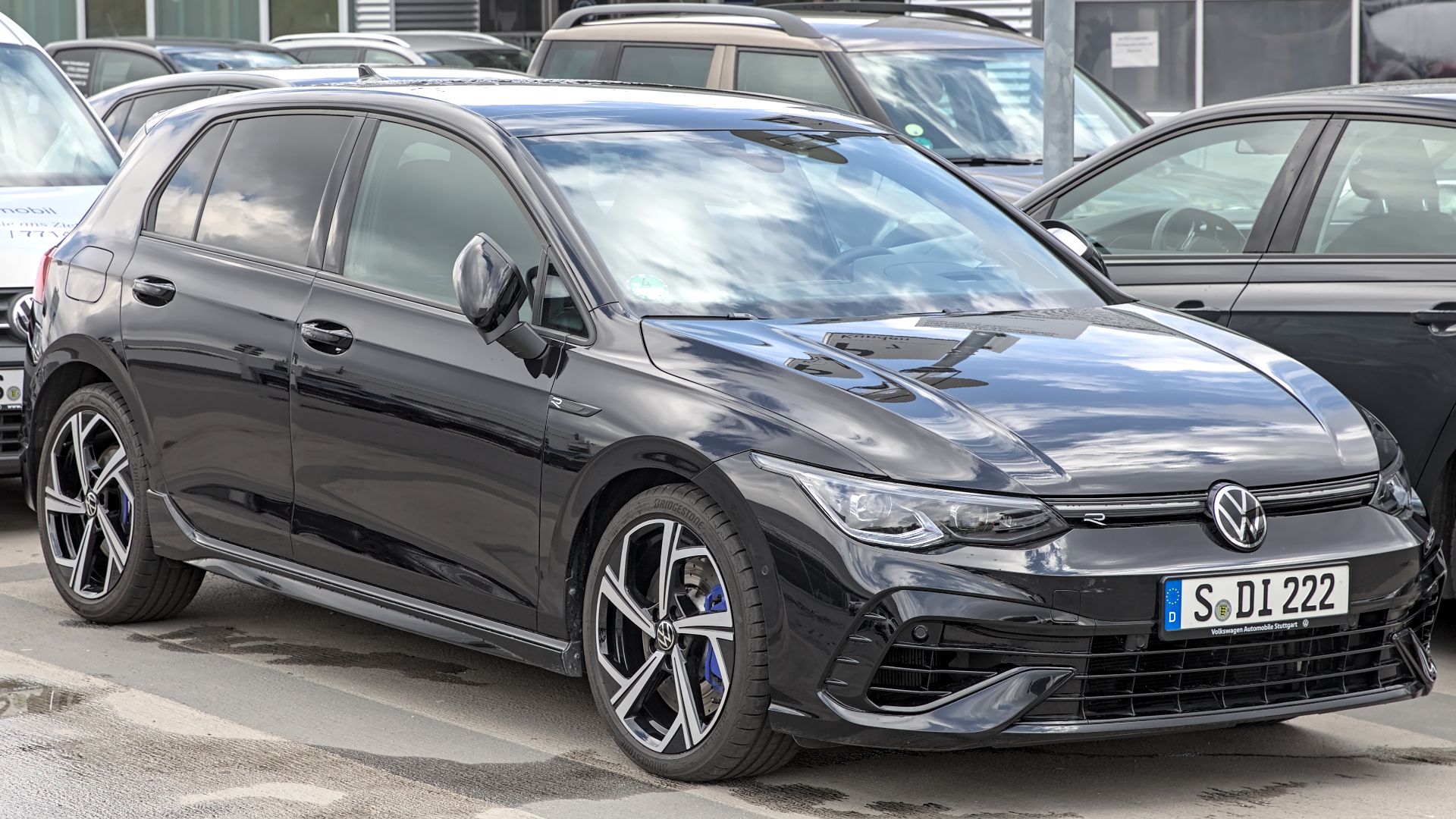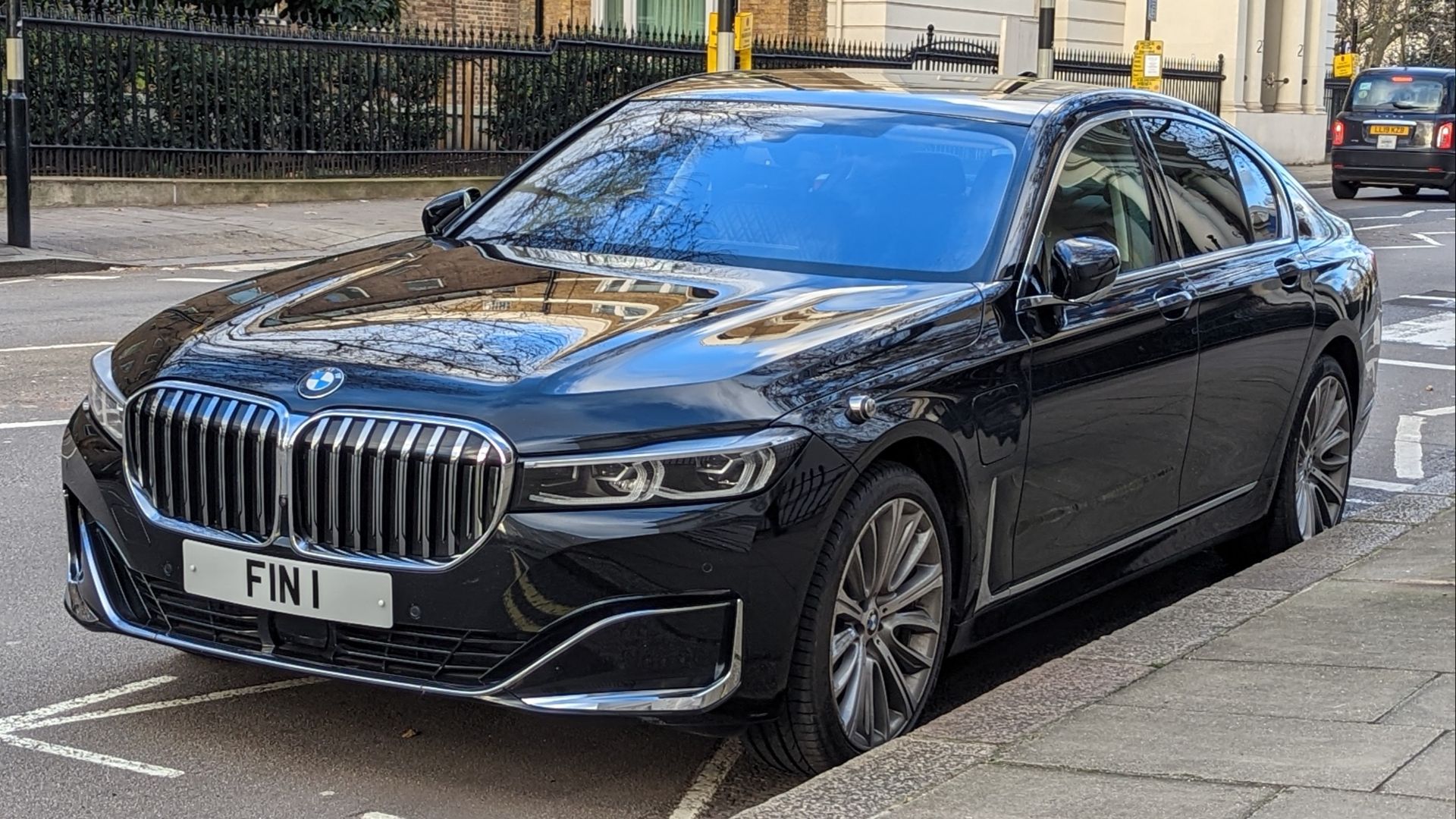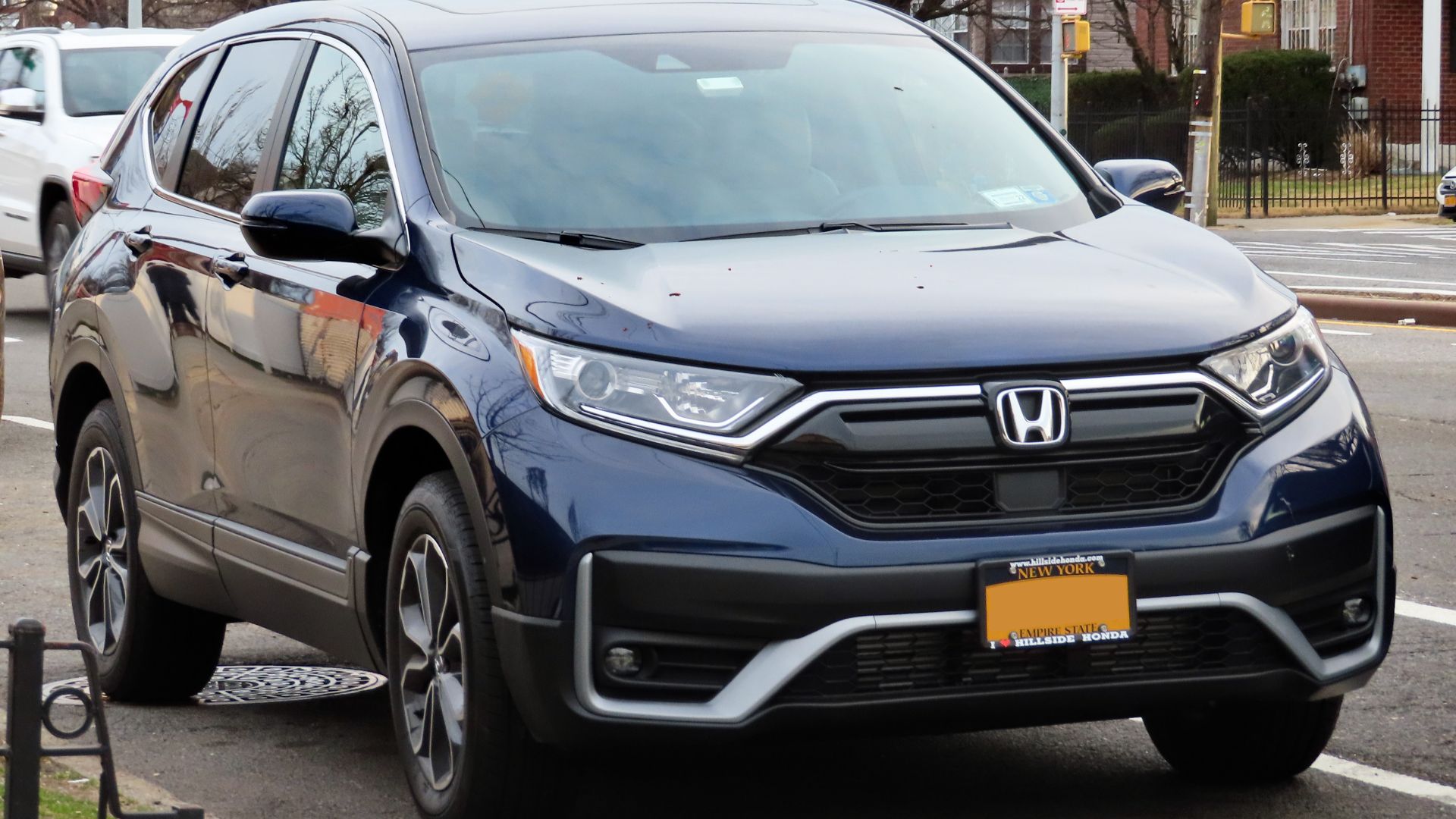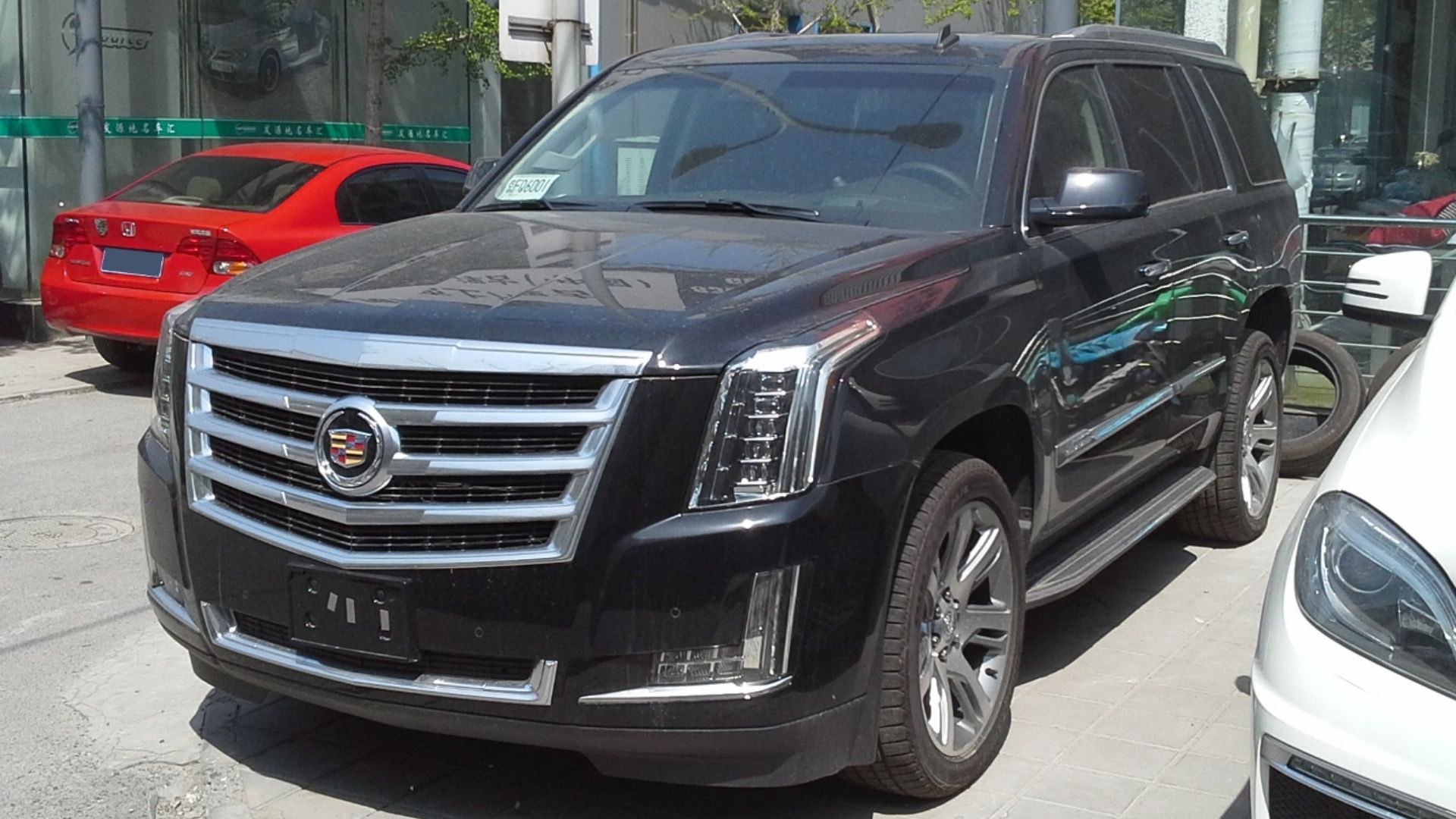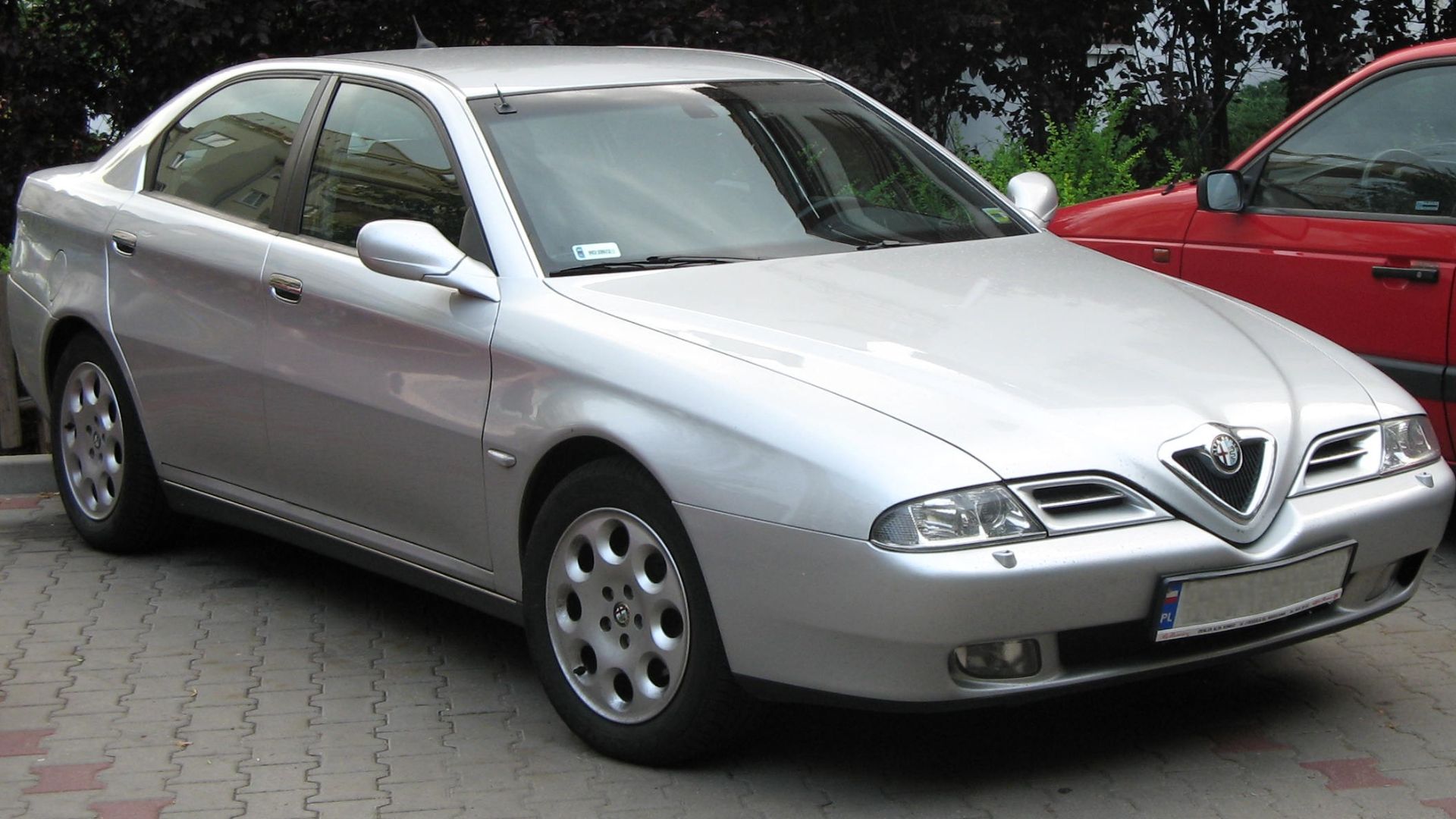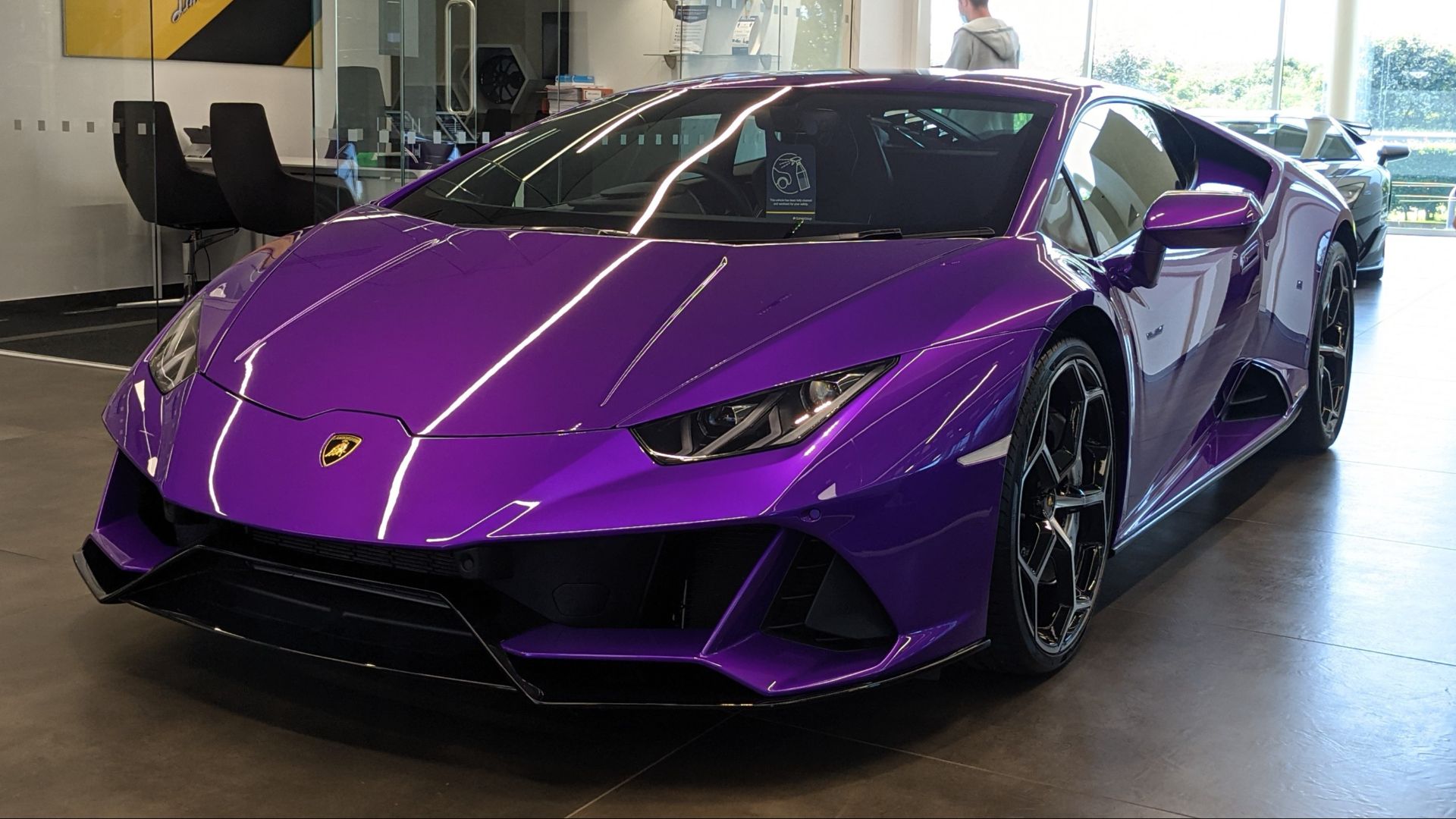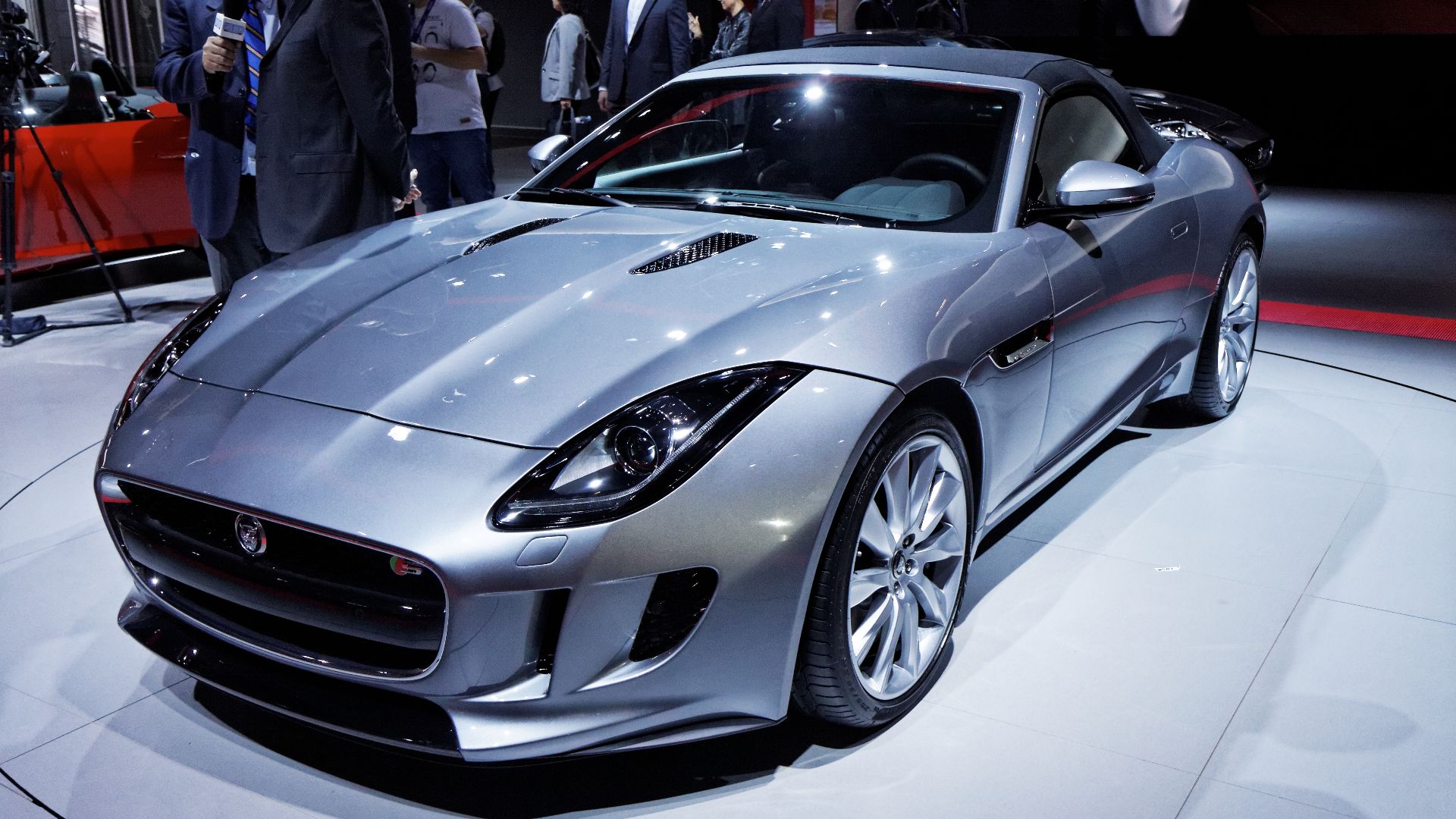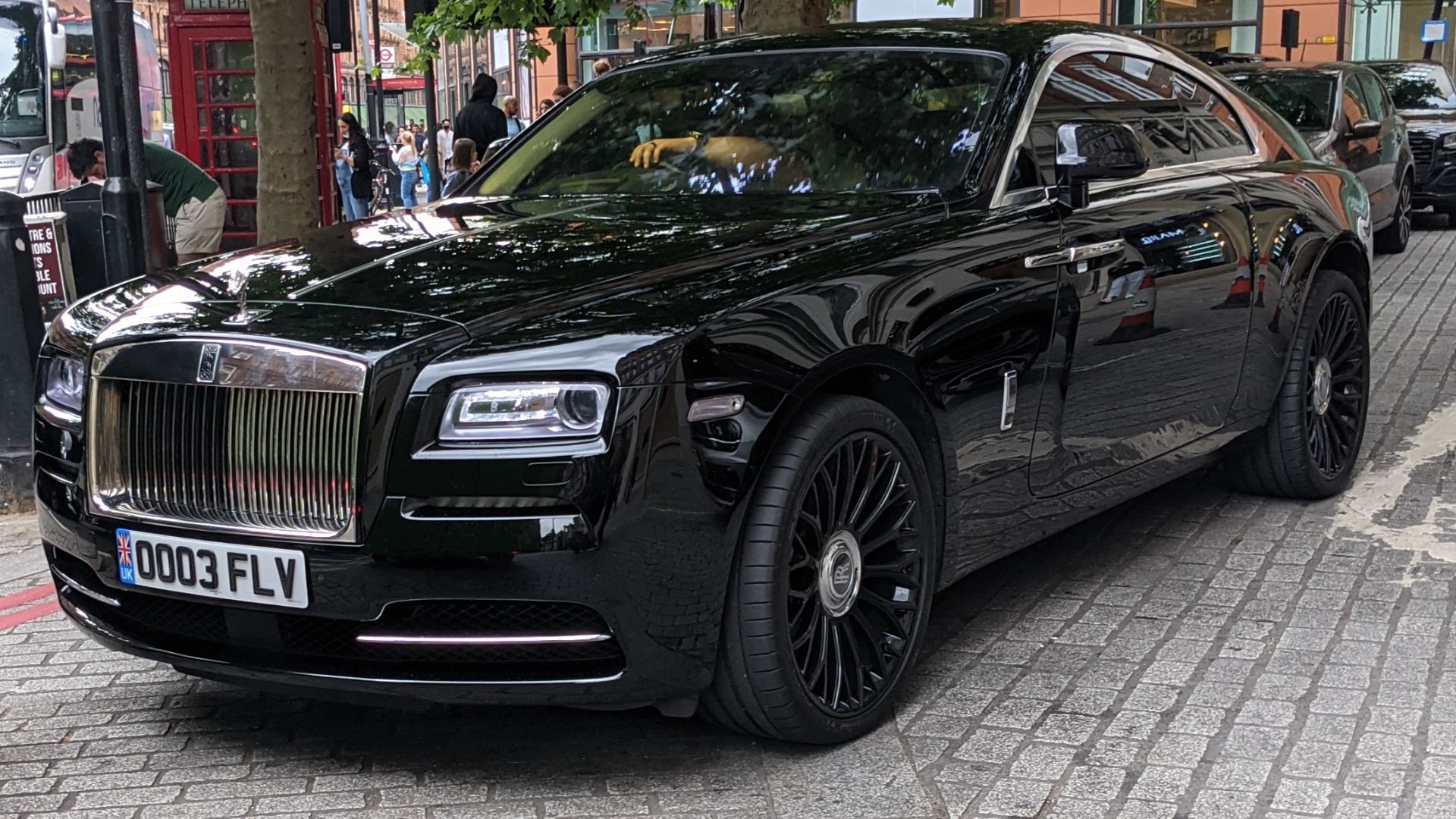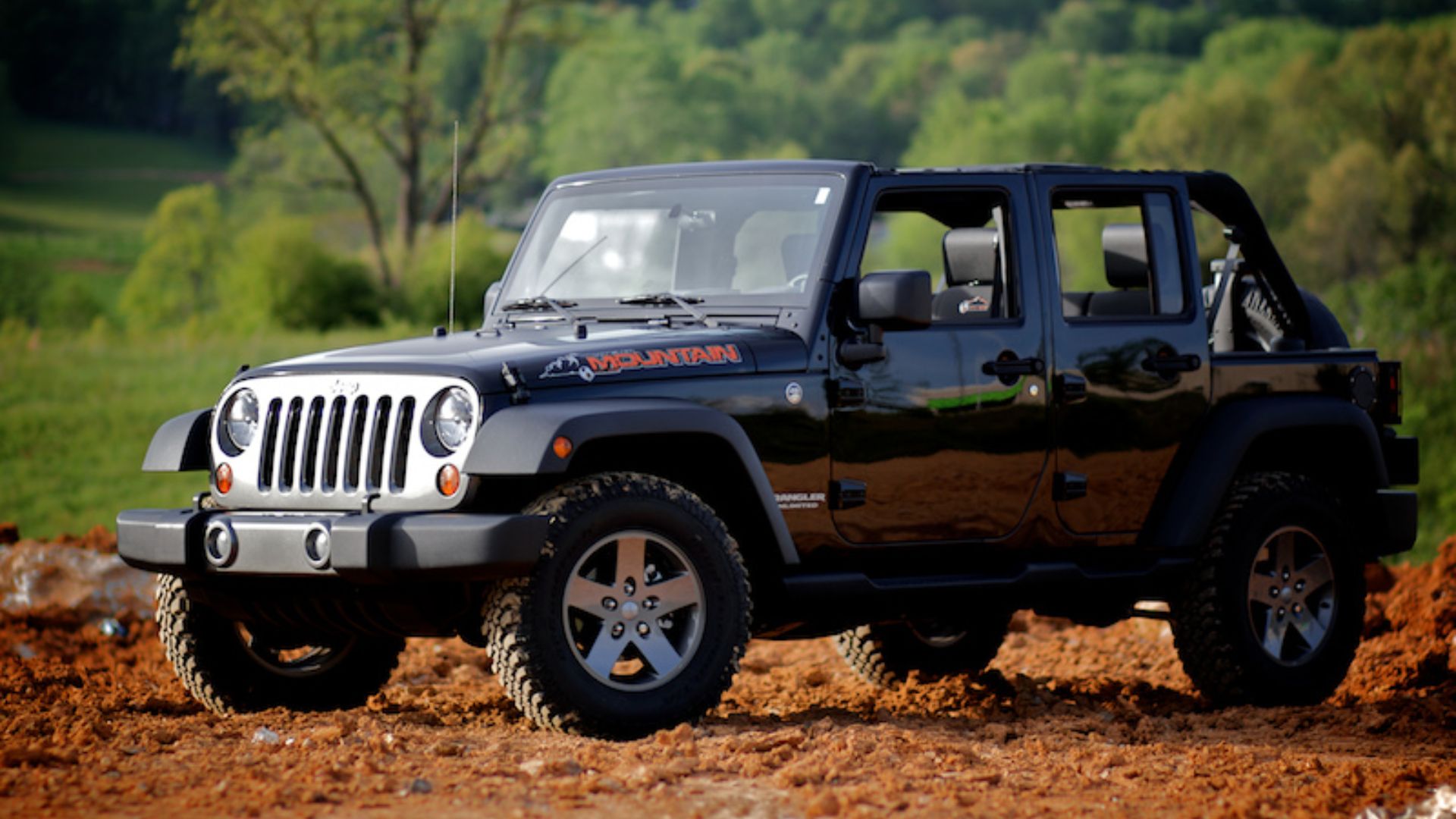What's In A Name?
It's easy to forget that every brand name started as a decision, probably debated in a room full of tired people and coffee. But some of those choices turned out pretty iconic. This list takes a closer look at the meanings hiding behind car names we see all the time.
1. Ford
Before it was a global empire, Ford was just a name on a workshop door in Detroit. Henry Ford's surname now represents the rise of assembly-line production, first seen with the Model T. The name stuck because it was powerful and personal, just like the machines it built.
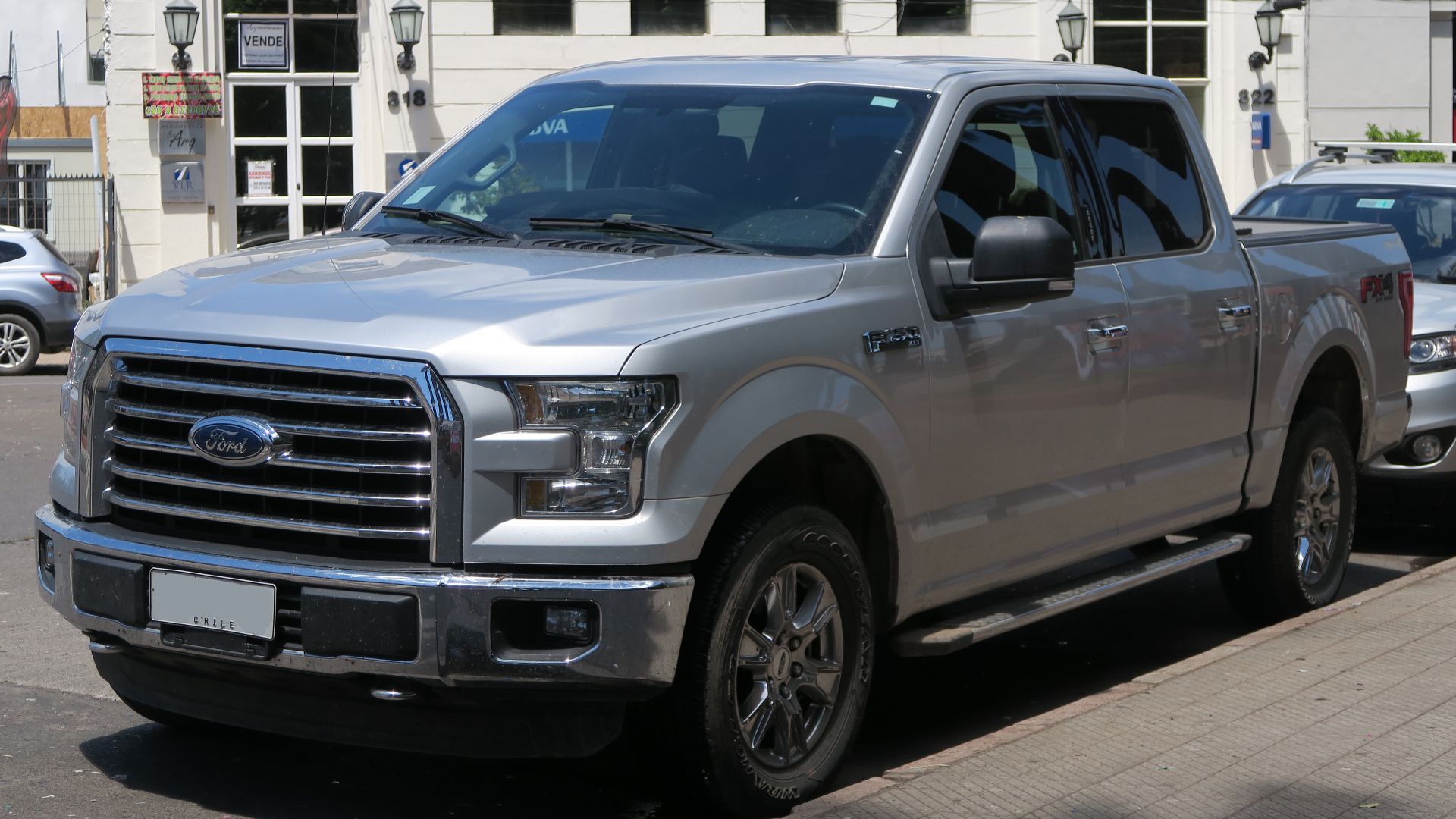 RL GNZLZ from Chile on Wikimedia
RL GNZLZ from Chile on Wikimedia
2. Chevrolet
Would Chevrolet sound the same if Louis had never raced? GM co-founder William C. Durant used the driver's rising fame to brand his new company in 1911. Louis Chevrolet later exited, but the name stuck. From family sedans to performance icons, Chevrolet became a cornerstone of American mobility.
3. Mercedes-Benz
One-half of the name honors Karl Benz, inventor of the first gas-powered car. But "Mercedes" came from Emil Jellinek's daughter. Her name branded the 1901 car Jellinek ordered. When Daimler and Benz merged, the new badge carried both history and the luxury it still stands for.
4. Toyota
A small branding tweak made history. "Toyoda" became "Toyota" in 1936, partly because it was easier to write in Japanese, and eight strokes meant luck. This shift marked the Toyoda family's transition into automotive manufacturing as Japan sought its place in the industrial world.
5. Volkswagen
Volkswagen became a cornerstone of the global auto market by building its identity around accessibility. The term "people’s car" reflected a vision of making reliable, affordable vehicles for everyday drivers. Focused on practicality and affordability, the brand earned its place as a lasting household name.
6. BMW
Bayerische Motoren Werke was originally an aircraft engine manufacturer in 1916. The circular logo, often mistaken for a spinning propeller, actually reflects the Bavarian state colors. BMW transitioned to motorcycles and cars in the 1920s, gradually building a reputation for performance and driving pleasure.
7. Audi
August Horch's original company, "Horch," was lost to a legal battle. Undeterred, he chose "Audi," the Latin translation of "Horch," meaning "listen." Audi later merged with three other automakers to form Auto Union, hence the four rings in its logo.
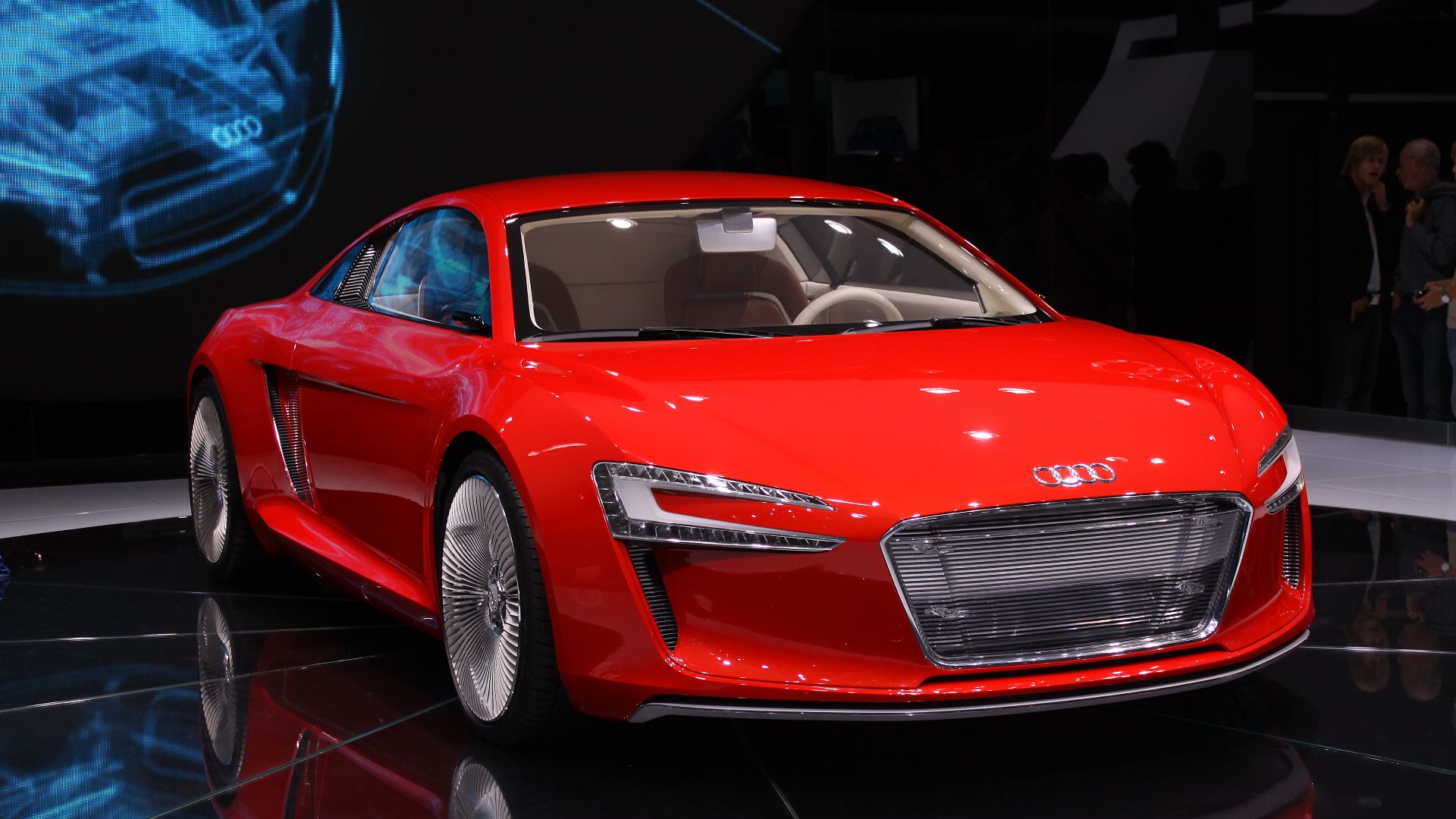 Thomas Wolf (Der Wolf im Wald) on Wikimedia
Thomas Wolf (Der Wolf im Wald) on Wikimedia
8. Porsche
The brand carries the surname of Ferdinand Porsche, who designed the original Volkswagen Beetle. Founded in 1931, Porsche AG started as a design firm before producing its first sports car in 1948. Today, the name is synonymous with performance and engineering precision.
9. Honda
After WWII, Soichiro Honda saw a need and filled it with engine-powered bikes. By 1948, Honda Motor Co. was officially launched. The company's name symbolizes innovation across motorcycles and cars and honors a mechanic whose vision reshaped mobility through persistence and engineering instinct.
10. Peugeot
As a symbol of French design and endurance, Peugeot remains a central figure in European motoring. Founded in 1810 by Jean-Pierre Peugeot, the company initially produced coffee mills and bicycles. Its lion logo, registered in 1858, stood for sharpness and speed. By 1889, Peugeot entered the auto world, bringing family heritage into motion.
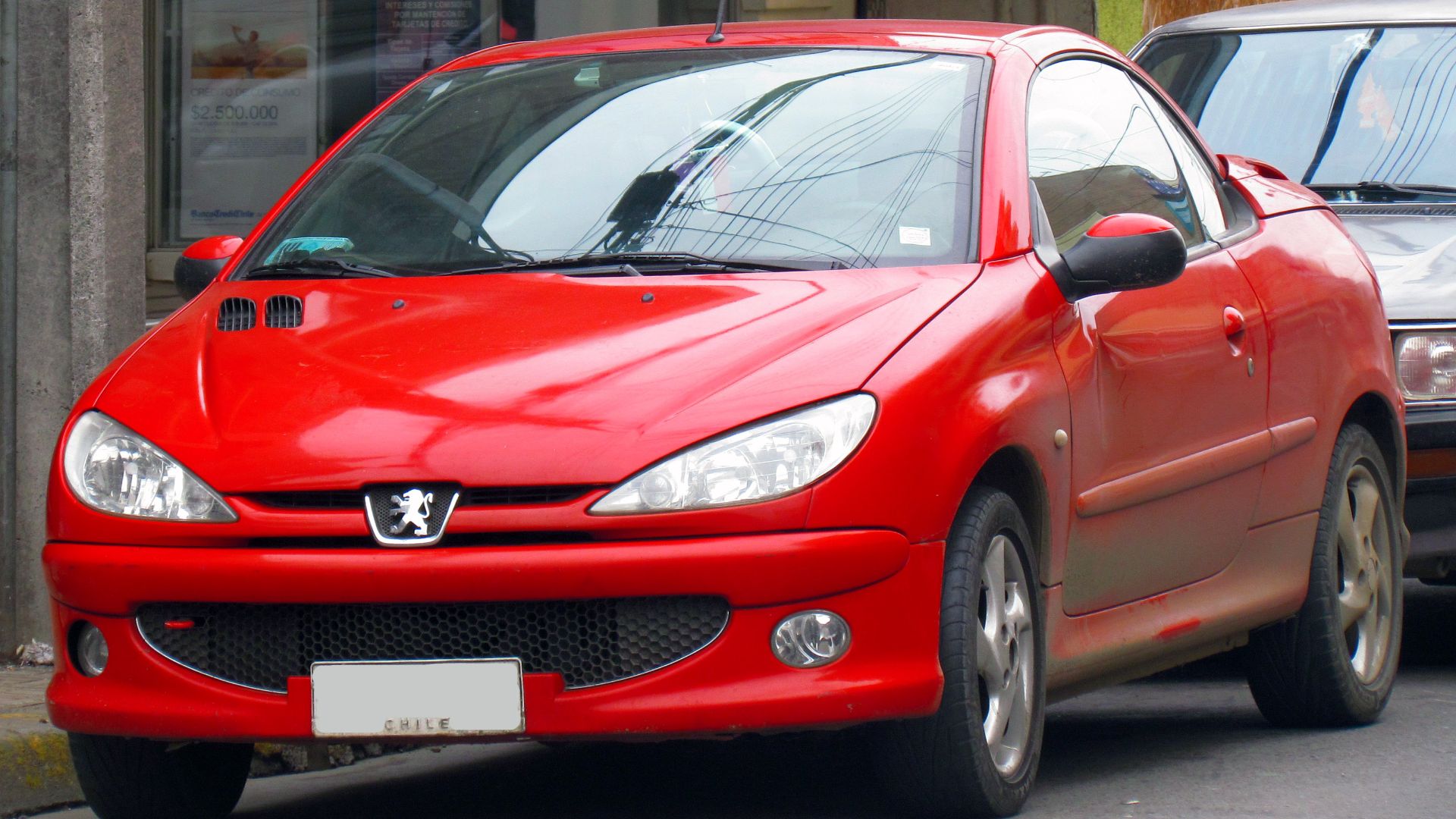 order_242 from Chile on Wikimedia
order_242 from Chile on Wikimedia
11. Citroën
The double chevron logo of Citroën is inspired by a gear design. André Citroën, who patented a helical gear before launching his car brand in 1919, rooted his surname in his Dutch immigrant family. Originally "Limoenman," Citroën became well-known for engineering innovation and bold, mass-market cars across Europe.
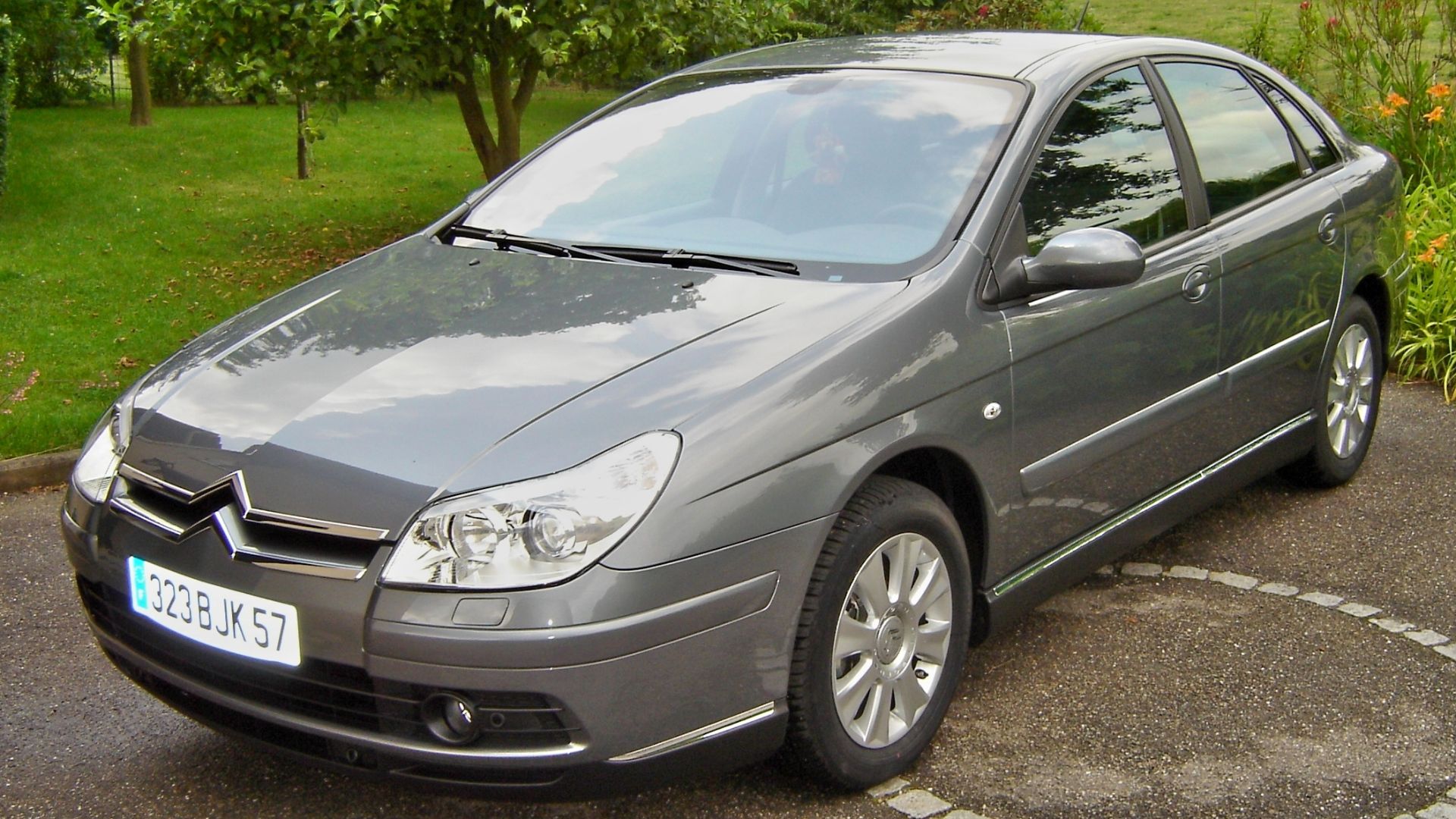 Andrew van dellen at English Wikipedia on Wikimedia
Andrew van dellen at English Wikipedia on Wikimedia
12. Cadillac
Before luxury had a shape or grille, Cadillac had a name borrowed from a 17th-century French explorer: Antoine de la Mothe Cadillac. He founded Detroit, and his name was revived to suggest refinement. Cadillac became part of GM in 1909 and later defined American automotive prestige.
13. Nissan
Japan's industrial boom gave birth to the name. In 1933, Nihon Sangyo, abbreviated as "Ni-San," was formed as a holding company. After acquiring DAT Motors, it entered the automotive space. Unlike others built on legacy or emotion, Nissan's name reflected function.
14. Alfa Romeo
The name started as ALFA (Anonima Lombarda Fabbrica Automobili), founded in Milan in 1910. When engineer Nicola Romeo took over five years later, his surname was added. The blend became Alfa Romeo, a marque known for race-bred mechanics and cars that feel more emotional than mechanical.
15. Ferrari
Ferrari represents the pinnacle of motorsport prestige and Italian craftsmanship. The name comes from Enzo Ferrari, who founded Scuderia Ferrari in 1929 and launched the first road car in 1947. The prancing horse logo honors WWI pilot Francesco Baracca. Over time, the name became a global shorthand for excellence.
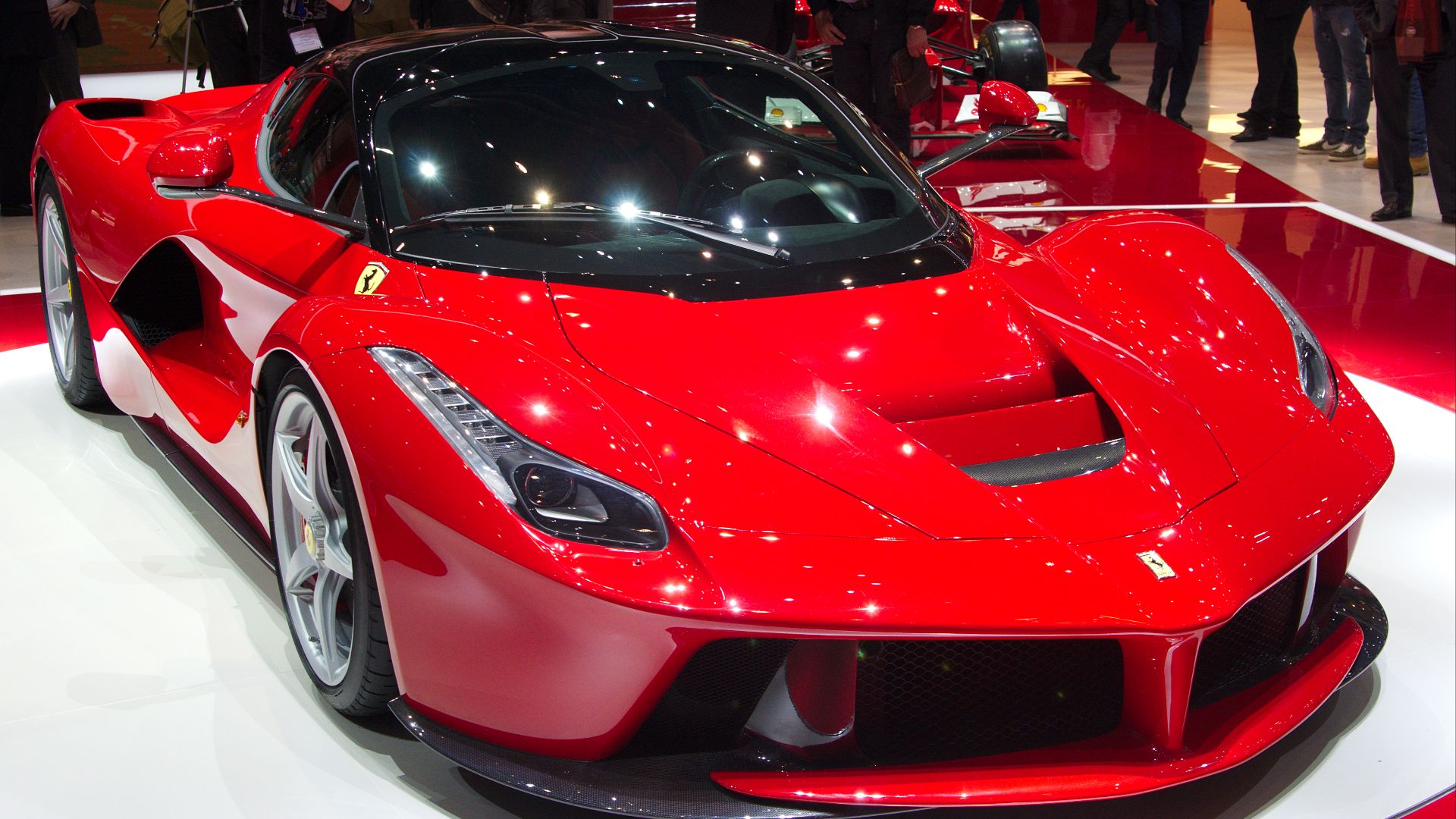 Clément Bucco-Lechat on Wikimedia
Clément Bucco-Lechat on Wikimedia
16. Lamborghini
Ferruccio Lamborghini wasn't happy with his Ferrari's reliability, so he built his own car in 1963. A tractor manufacturer by trade, he turned his focus to grand tourers with powerful V12s. The raging bull logo reflects his zodiac sign and his aggressive, performance-focused design philosophy.
17. Jaguar
It wasn't always called Jaguar. The company started as the Swallow Sidecar Company in 1922. Post-WWII, the name was changed due to unfortunate associations with "SS." "Jaguar" was chosen to represent speed and power, qualities that defined its sports cars and sedans throughout British motoring history.
18. Rolls-Royce
Charles Rolls was a car dealer; Henry Royce was an engineer. Their 1904 partnership gave birth to Rolls-Royce, famed for its engineering excellence and silent luxury. The "Spirit of Ecstasy" hood ornament, introduced in 1911, became one of the most recognized automotive symbols in history.
19. Tesla
Named after the Serbian-American inventor Nikola Tesla, the brand pays tribute to the man behind AC electricity. When the company launched in 2003, the choice symbolized disruption. Tesla's name now powers a new era of mobility built on bold ideas and electric ambition.
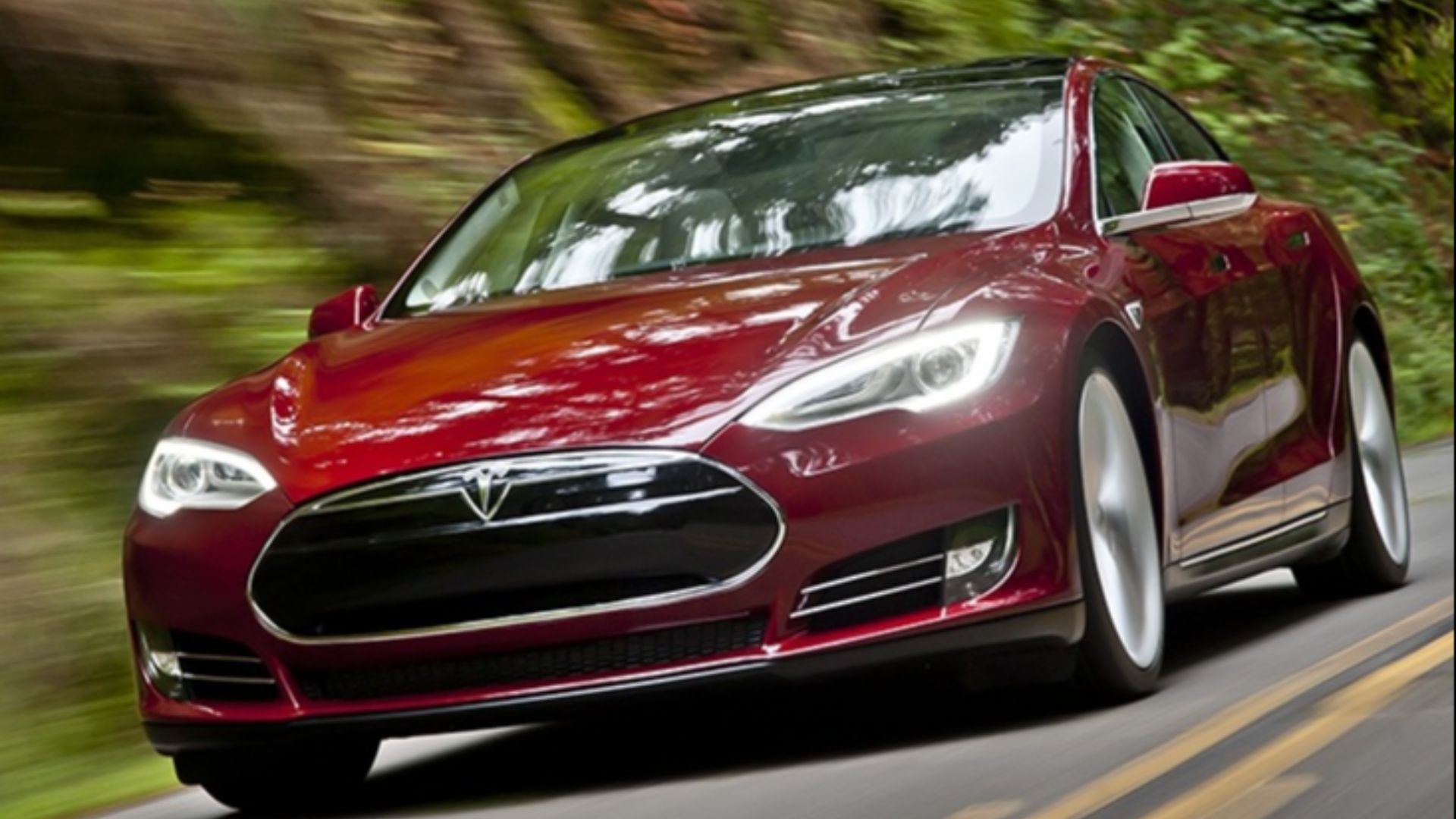 U.S. Department of Energy from United States on Wikimedia
U.S. Department of Energy from United States on Wikimedia
20. Jeep
Jeep's name is often linked to the military abbreviation "GP," meaning "General Purpose." Developed for WWII, its rugged design made it iconic. Some also trace the name to "Eugene the Jeep," a character from Popeye comics. Regardless, the Jeep remains a symbol of American durability and adventure.


